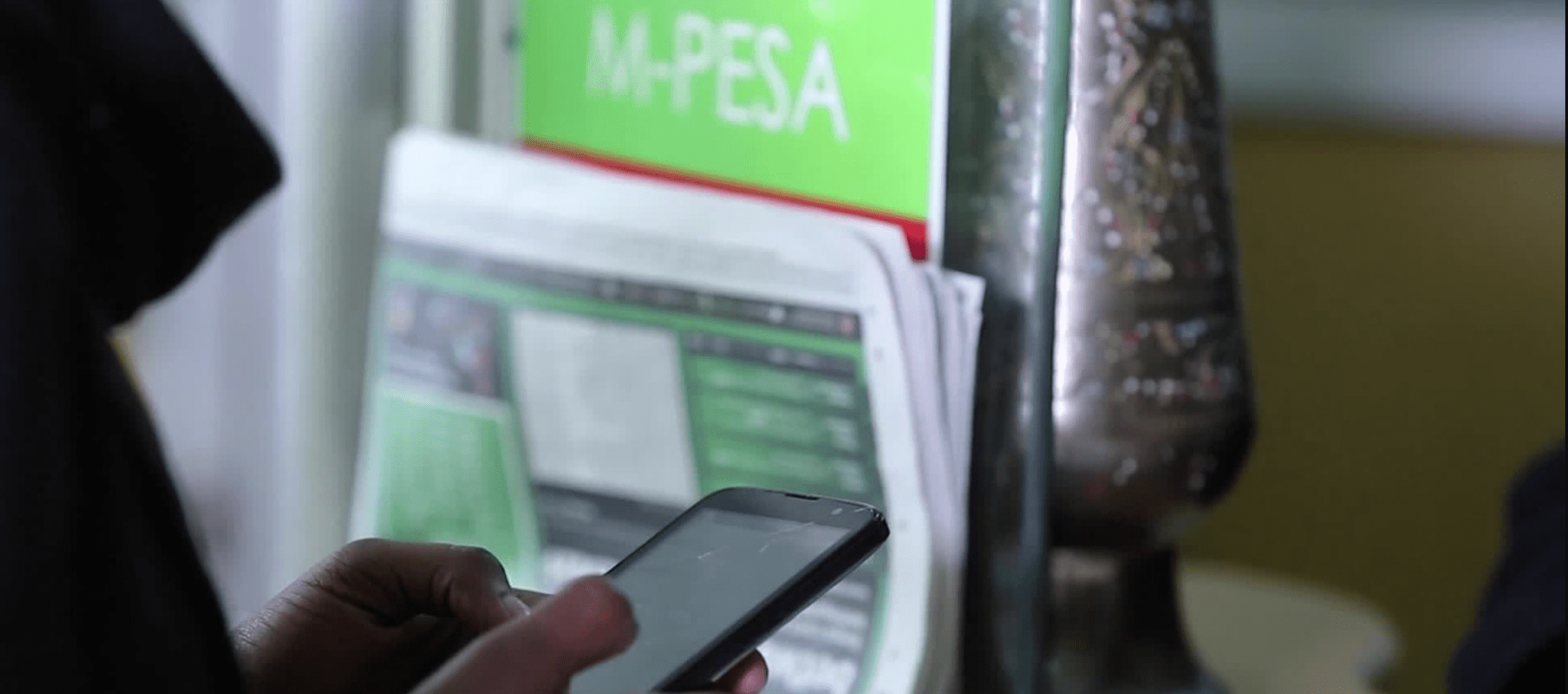Worried about making a good first impression in business interactions? Here are seven bad habits that could undermine your credibility. Beware your credibility blind spots. These bad behaviors are unintentional, yet they can derail your image.
What’s more, they can be irritating and distracting to everyone … but you The good news is that once you identify your blind spots, you can take steps to eliminate them. And in a high-speed, hypercompetitive business world, the time to do this is now. Today your credentials may get you in the door. Yet to really succeed, you’ve got to look credible when it matters most: in face-to-face interactions. Whether you’re meeting one-to-one or presenting to a packed audience, your credibility is immediately being assessed.
So how can you uncover your credibility blind spots? And while there are numerous behaviors to look for, seven blind spots are most common: 1. Using speech fillers. Speech fillers are superfluous sounds or words, like “um” and “you know.” Today, such fillers are pervasive in our culture, including the business world. A smart, young technology CEO recently said to his team, “So, I actually sort of passionately believe that we have an opportunity to, uh, you know, sort of really take this platform to a new level. So we just kind of, uh, need to jump in, you know, with full force.”
He wanted to fire up his people, but his fillers extinguished his passion. Fast Tip: Embrace the tactical pause. Instead of interjecting fillers, simply pause while your mind searches for the next word. 2. Making extraneous movements. Extraneous movements—such as jiggling your knee, bobbing your head, or shifting your weight—weaken your personal power.
You might say, “I can’t help myself. I just can’t be still.” Truth is, excessive fidgeting is a self-comforting behavior. Stillness sends a message that you’re calm and confident. Fast Tip: Test your ability to literally have a level head. Fold a thick pair of socks and balance it on your head. Try talking for several minutes without losing the socks. 3. Self-commenting. When you feel self-conscious, it’s easy to overreact to your every mistake.
If you trip over a word, you might apologize (“Sorry!”), make a joke (“No more coffee for me”), or resort to nonverbal reflexes, like shaking your head or shrugging your shoulders. The problem with this “self-commenting” is your external preoccupation with your internal criticism. Mistakes happen; simply correct them and move on. Fast Tip: Fictionary is a game where players compose fake definitions of obscure words. Play it with your friends or family as a fun way to learn to ignore your inner critic. 4. Misplacing upward vocal inflections.
You probably work with someone who speaks in “up talk”: using upward inflections that sound like question marks at the end of sentences. This vocal pattern is widespread—and contagious. Be vigilant in not picking it up. Fast Tip: Read an article aloud with strong downward inflections. Begin each sentence at middle to high pitch and cascade downward at the end of each phrase. 5. Making yourself smaller. If you’re like most people, when you feel intimidated, you make yourself smaller to avoid being an easy target. You might place your feet closer together, tuck your arms to your sides, dip your chin, or pull back on your volume. Any or all of these behaviors say, “I feel threatened.” Fast Tip: Practice optimal standing posture throughout the day, not just in important situations, to help make it habitual. Balance your weight over your feet, lengthen your spine, and elongate your neck.
6. Masking your face and hands. Masking behaviors can creep up when you feel uneasy or on the spot. This takes many different forms, including crossing your arms, clasping your hands, playing with your clothes or jewelry, or having a poker face—cutting off any animation of your face or hands. Fast Tip: The more comfortable you feel, the more animated you are with your face and hands. Open your posture and engage your gestures at the start of each conversation.
Practice this at company gatherings or networking events, where you have the opportunity to talk to a lot of people in a short period of time. 7. Dropping eye contact. You don’t see professional athletes dropping their eyes to the ground during play. In business settings, when you drop eye contact, you drop out of the game. Keep your eyes on the horizon and give your listeners the same respect you expect from them—your full attention.
It’s all right to move your eyes to the side momentarily to gather your thoughts. Otherwise, if your mouth is moving, your eyes should be on your listeners. Fast Tip: Train yourself to keep your eyes up while thinking and talking. One practice exercise: Place blank Post-it notes across a large wall in your home or office. Ask yourself questions and hold your eyes on a Post-it while answering. Let your sentence structure be your cue to move from Post-it to Post-it.
(Business Know-How Newsletter)—
















































![Pula Co-Founders and Co-CEOs, Rose Goslinga & Thomas Njeru. Pula provides agricultural insurance and digital products to help smallholder farmers manage climate risks, improve farming practices and increase their incomes. [ Photo / Courtesy ]](https://businesstoday.co.ke/wp-content/uploads/2021/01/Pula-Co-Founders-and-Co-CEOs-Thomas-Njeru-Rose-Goslinga.jpg)




























































Leave a comment